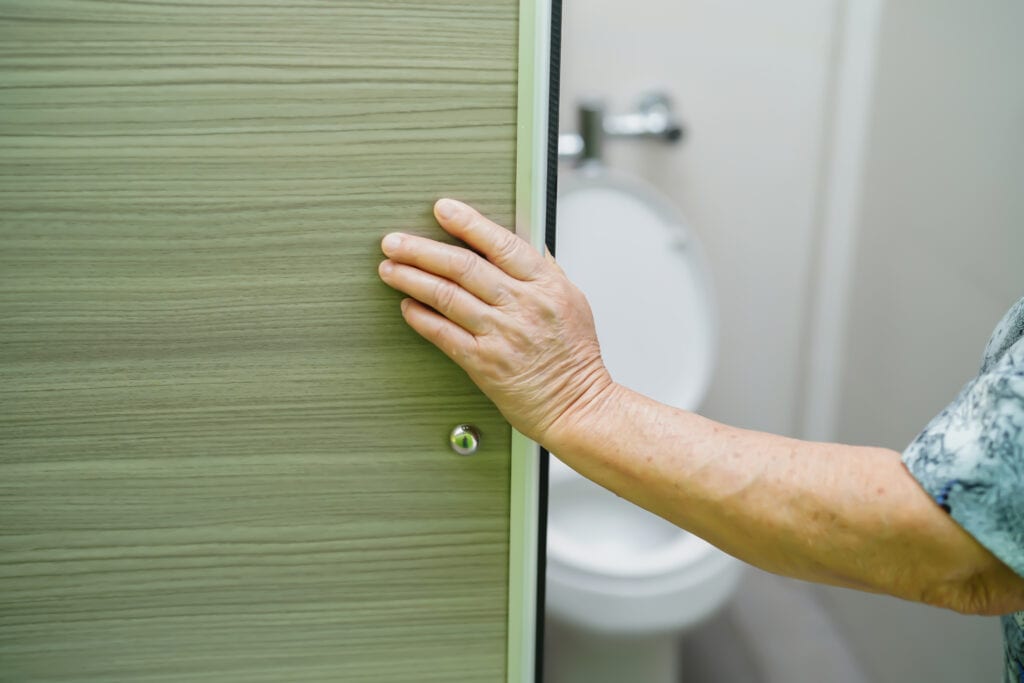Recommending Intermittent Catheterization

Intermittent catheterization drains urine from the bladder by inserting a tube through the urethra into the bladder. Sometimes bladders do not completely empty and as a result, catheterization may be recommended. Physicians prescribe the size and type of intermittent catheter you should use. They also set the schedule for when you should catheterize.
Who May Need to Catheterize
If you have a neurogenic bladder or urinary tract issue, you may be prescribed catheterization. For example, this could include spina bifida, multiple sclerosis, spinal cord injury, other neuromuscular diseases and people who have trouble completely emptying their bladder. It is important to empty the bladder properly because left unemptied, you can increase your risk of urinary tract infections (UTIs).
Types of Catheters
Cheryl Hutton, a wound, ostomy and continence nurse (WOC nurse) with CHC Solutions, Inc., informed us of the different types of catheters. “The type of catheter prescribed by your physician will vary in size, length and tip type,” said Hutton.
Size of Catheter
Catheter size refers to the diameter of the catheter. The French scale (Fr.) measures catheters.
Length of Catheter
Generally, there are three lengths of catheters. Typically, male catheters are 16 inches in length, female catheters range from 6-8 inches and child catheters range form 6-12 inches. However, some females and children may need longer catheters depending on their size and manual dexterity.
Tip of Catheter
There are two types of catheter tip: straight and coudé. A coudé tip is when a catheter has a slightly curved tip. Your doctor will order the tip that works best for you because they can decide based on your anatomy.
Overall, your physician will help determine the appropriate catheter for you. Inserting the correct catheter is a simple process that is important to help you stay healthy and prevent UTIs.
To learn more about catheterization associated with urinary tract infections, visit https://www.chcsolutions.com/continuum_connect/urology/common-questions-about-catheter-associated-urinary-tract-infections-cauti/
*Disclaimer: Any health and wellness content presented is for general informational purposes only. Such content is not intended to replace or serve as a substitute for professional medical advice, diagnosis or treatment.
